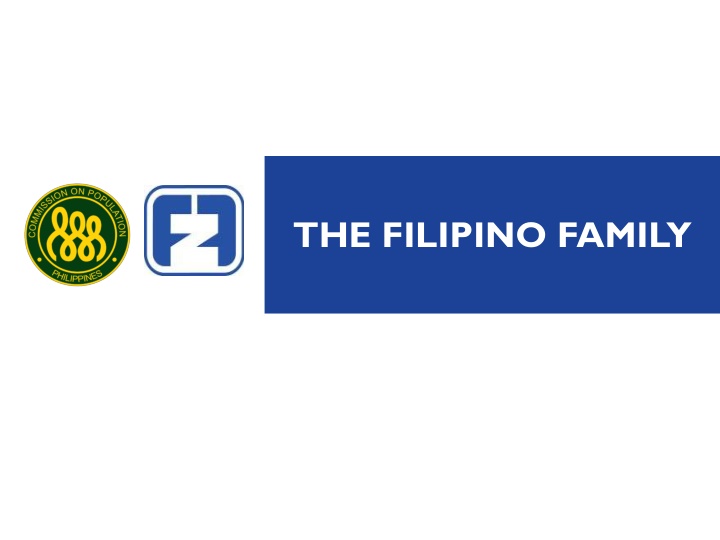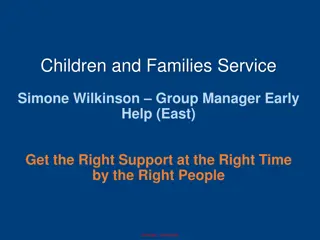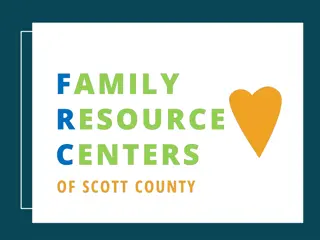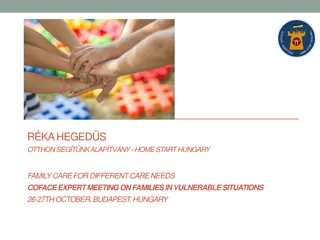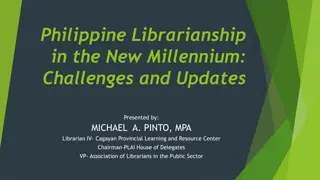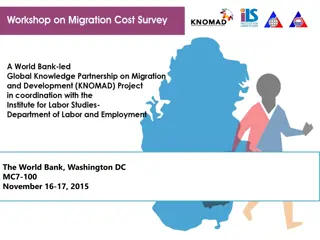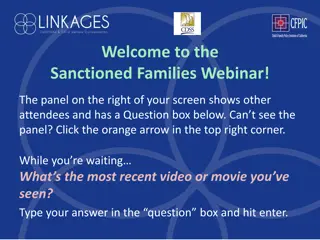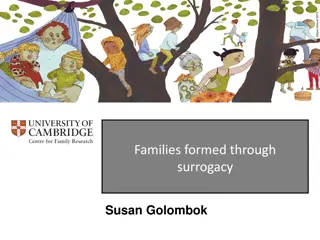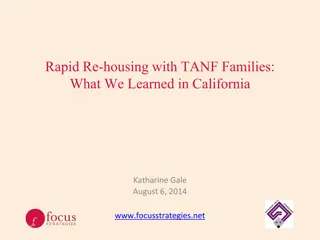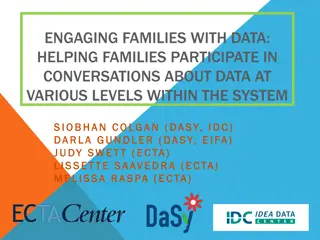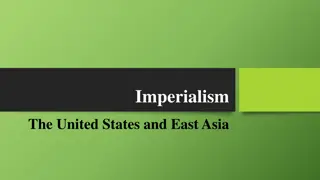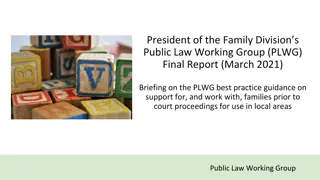Evolution of Filipino Families: Through the Years and Today
Explore the changing dynamics of Filipino families over time, from traditional structures to modern setups. Discover the impact of societal shifts on roles, relationships, and lifestyles within Filipino households. Reflect on the diverse family forms present in contemporary society, including working mothers, stay-at-home dads, single parents, and blended families.
Download Presentation

Please find below an Image/Link to download the presentation.
The content on the website is provided AS IS for your information and personal use only. It may not be sold, licensed, or shared on other websites without obtaining consent from the author.If you encounter any issues during the download, it is possible that the publisher has removed the file from their server.
You are allowed to download the files provided on this website for personal or commercial use, subject to the condition that they are used lawfully. All files are the property of their respective owners.
The content on the website is provided AS IS for your information and personal use only. It may not be sold, licensed, or shared on other websites without obtaining consent from the author.
E N D
Presentation Transcript
Understanding the Adolescent Family Church Schools RHU Healthy Adolescents Other sectors in the community
Session Objectives By the end of the session, the participants will be able: 1. Discuss the profile of Filipino Families 2. Understand the different types of Filipino families and the factors that shape these families 3. Know the advantages and disadvantage of each family type
THROUGH THE YEARS 1. Describe the Filipino Family during your time (60 s -70 s, 80 s, 90 s and 2000s) 2. Write our perception/view of the Family based on the following: (10-15 minutes) Role Relationship Lifestyle Leisure/recreation 3. Present in the Plenary
Processing How do you feel about the activity? Why? What were the similarities and difference in the role, relationship, lifestyle and recreation over time? What were your realizations during the activity?
The Filipino Family Families have changed due to: Rapid urbanization Geographic mobility Globalization Increasing number of women employed locally or overseas As society changes, so does the structure of the family
The Filipino Family Changes in social, political, economic and cultural conditions have also led to changes in the lifestyle, needs, roles and relationships of Filipino families For some families, economic hardships led to deterioration in emotional well-being and health of family members
Buzz Session What do you think are the different types /forms of families that we have now?
Filipino Families of Today Families with working mothers Families with stay home dad Single parent/ solo household Families with parents apart Blended families
Filipino Families of Today Balancing the pressure of work and family life is difficult when maintaining a standard of living Couples starve for time with additional work efforts and sometimes create stress for the family and problems in providing sufficient care and supervision of children
Filipino Families of Today Latchkey Families are those whose parents are unavailable to take care of children and latchkey refers to children that have their own keys to allow access to the family home It is important that parents maybe not around, there is someone who can provide psychological support and supervision
Filipino Families of Today Latchkey syndrome is disadvantageous when left alone. Studies show that these children are more likely to experiment with sex, drugs and alcohol specially after school hours Latchkey children may suffer from: Fear Boredom Loneliness Vulnerability to academic problems
Filipino Families of Today The attitude of parents towards any of these family situations is a key factor in shaping the child s expectations and experiencing What is important is to keep the communication lines open
Key Message Family structures and functions change with social change Parents attitude towards the new family structures is critical in shaping the child s experience and expectation as he/she becomes an adolescent Be open to communication
